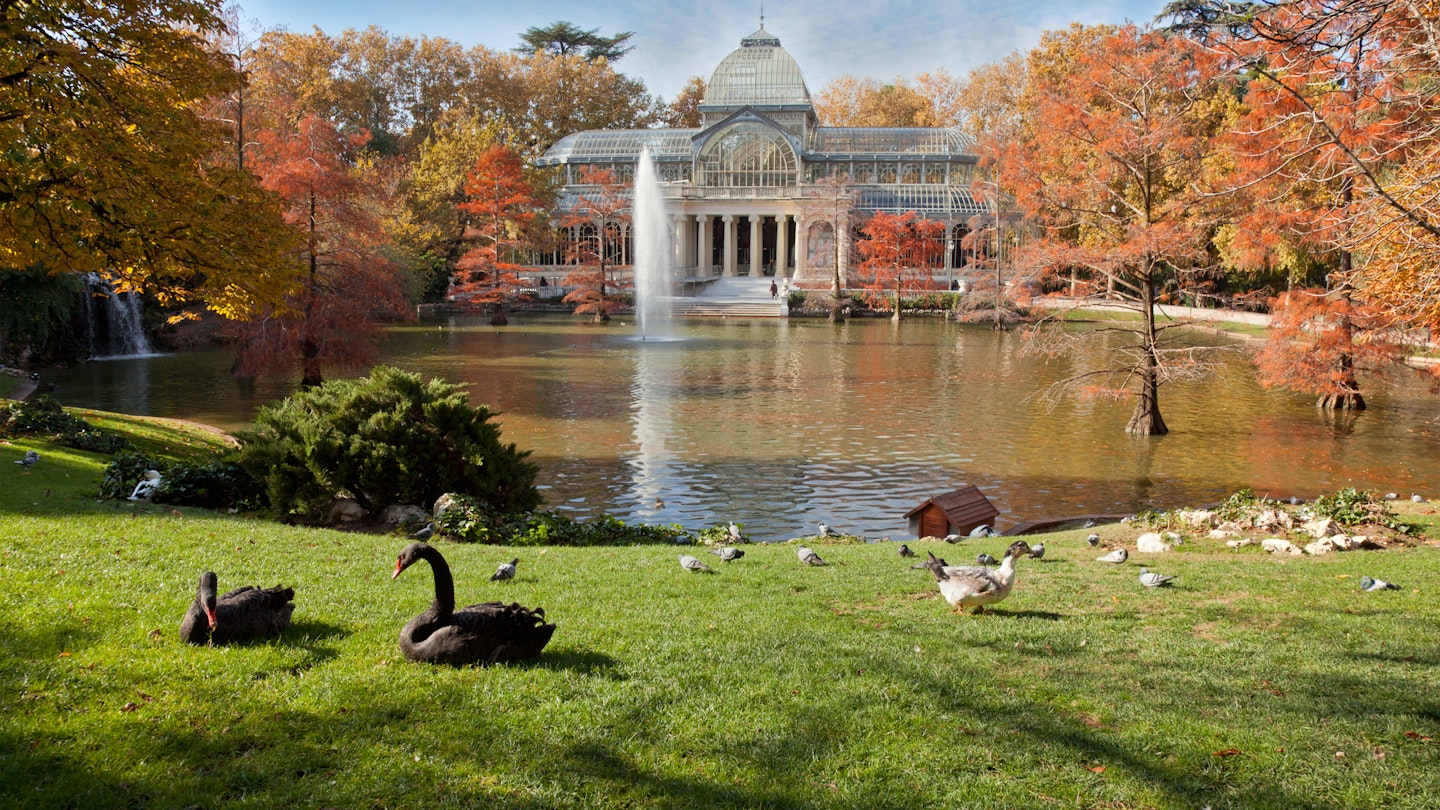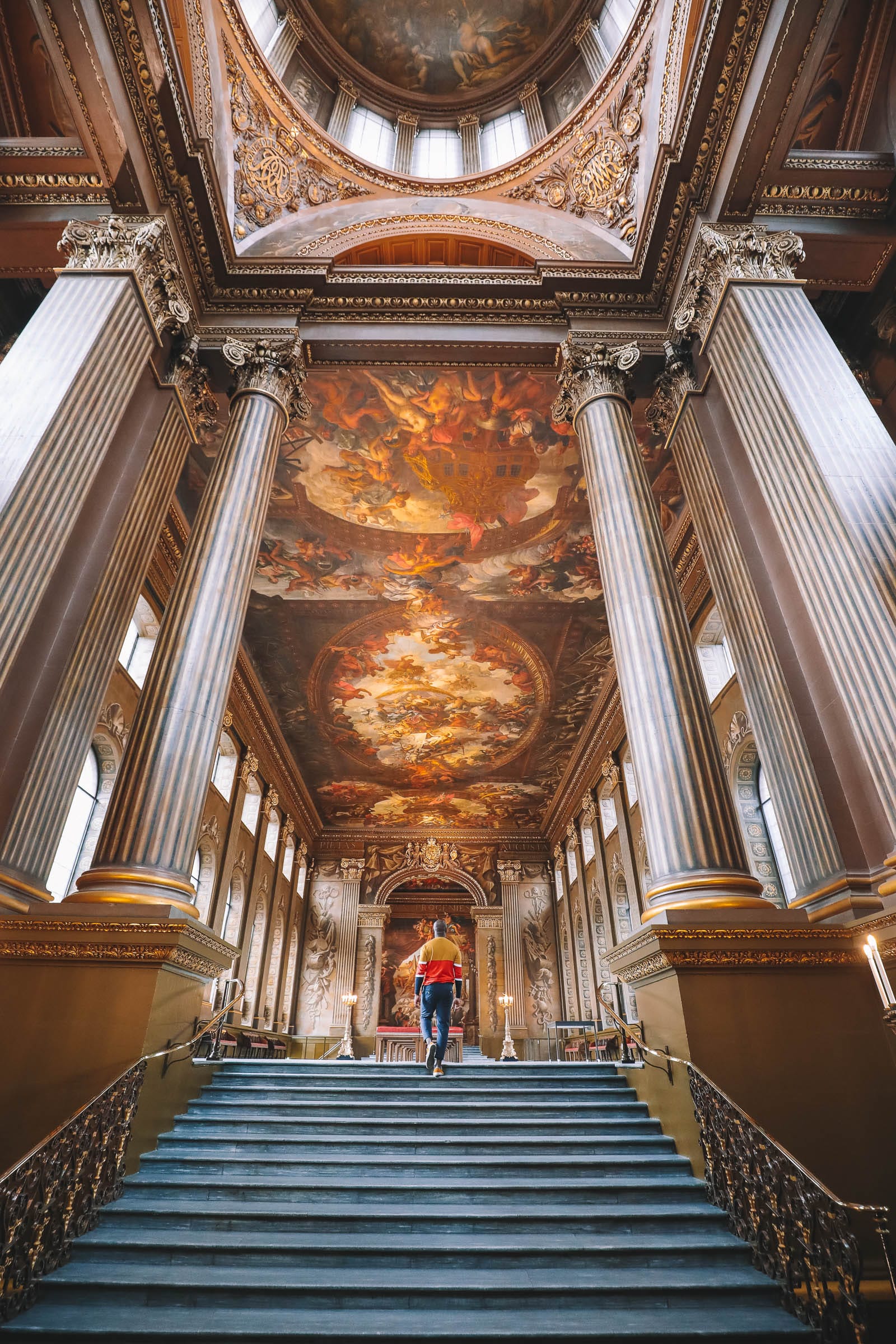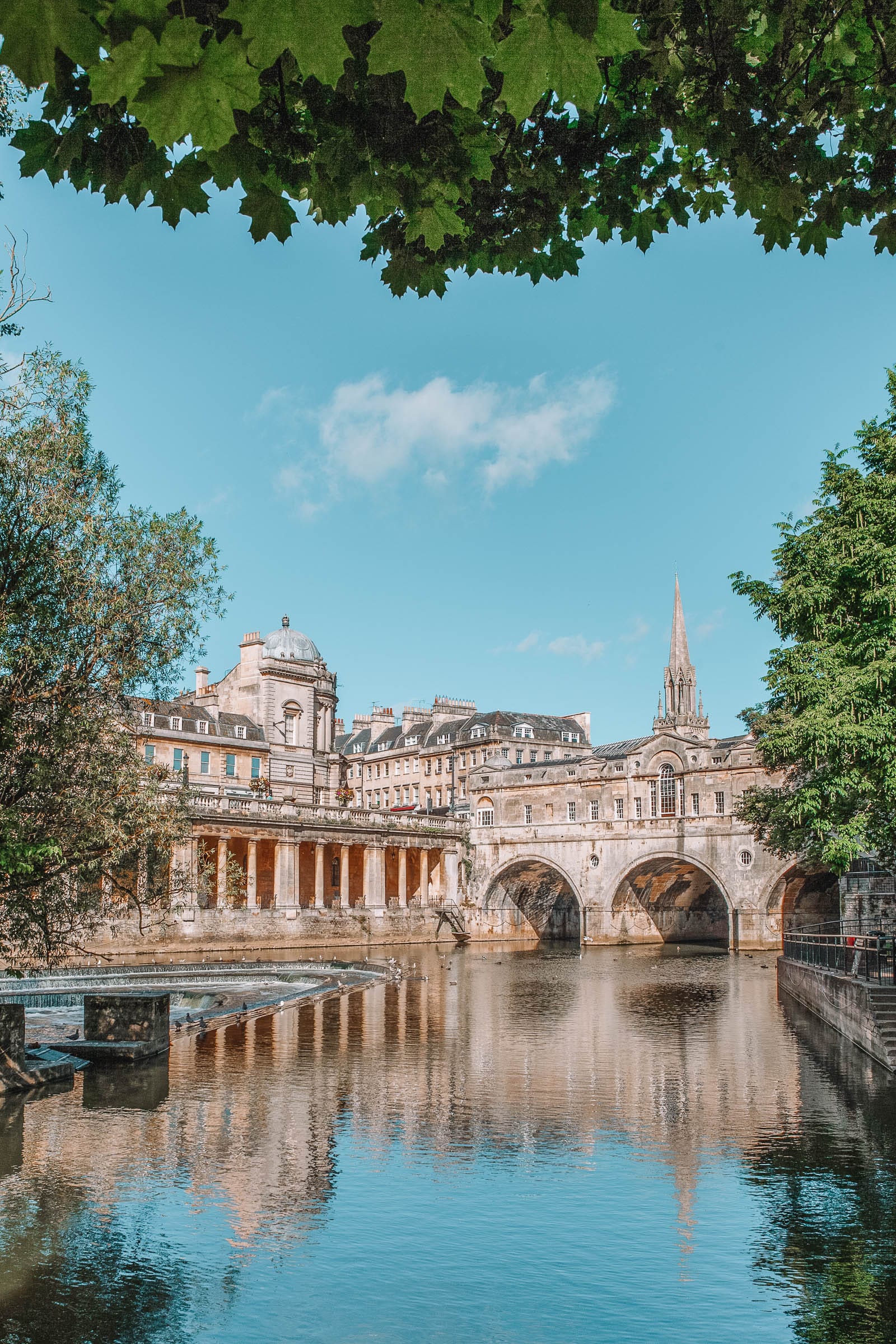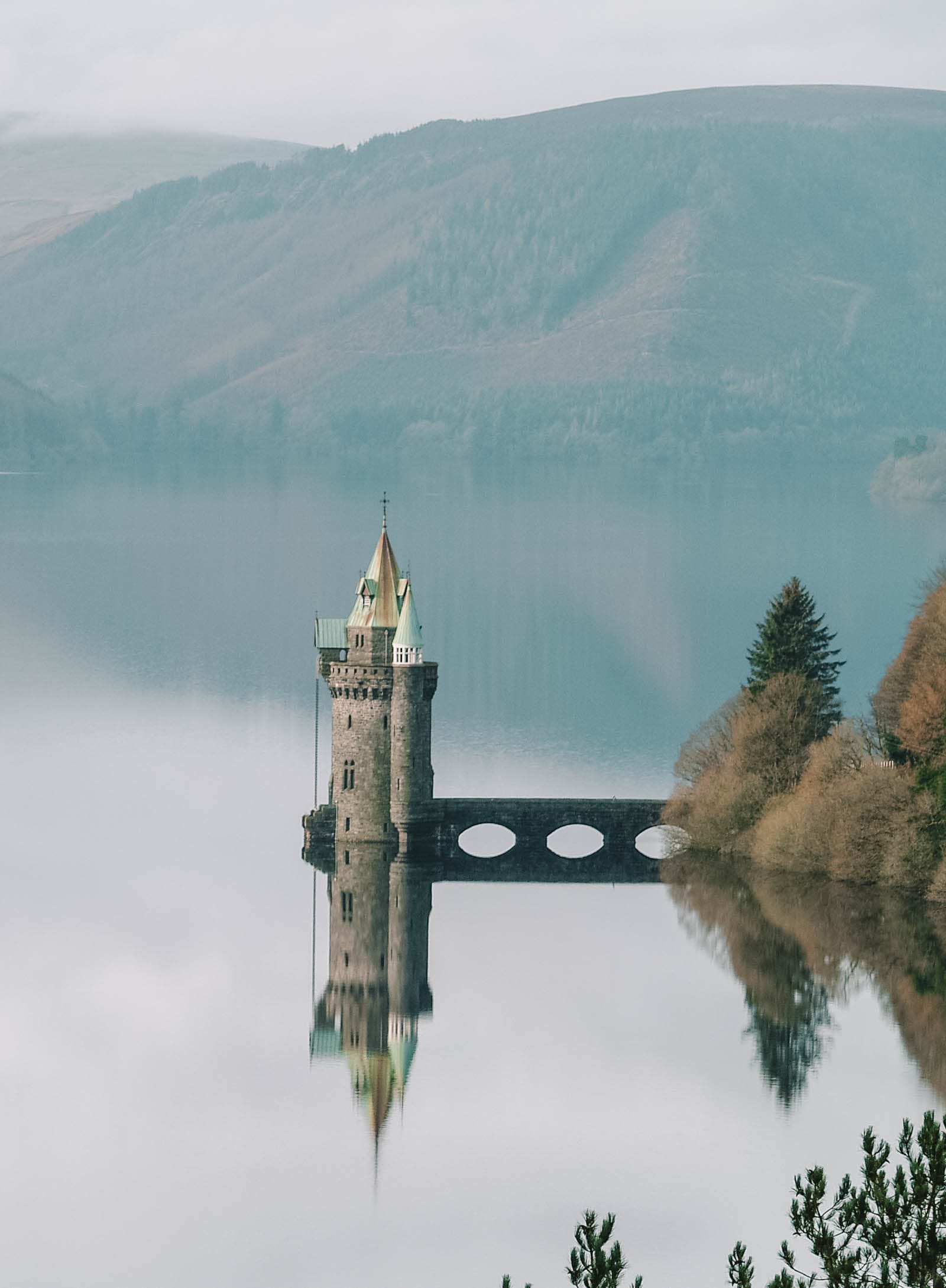Exploring Madrid’s Green Spaces
Madrid may be renowned for its world-class museums and historical landmarks; however, nature lovers will be pleasantly surprised to find that the Spanish capital is also home to an abundance of green spaces. With over 6000 hectares (over 1400 acres) of green zones, Madrid boasts approximately 18 square meters (7 miles) of public parks for every inhabitant of the city. Many of Madrid’s famous parks, which were once off-limits to the public, serve as reminders of Spain’s long imperial history.
These parks provide perfect settings to observe local life, with residents enjoying leisurely strolls, weekend picnics, or simply relishing spectacular sunsets with panoramic views.
Parque del Buen Retiro
“El Retiro” is Madrid’s most famous park, and if time is limited, this sprawling green landmark is not to be missed. This expansive, 118-hectare (290 acres) park was once reserved for Spanish royalty and aristocracy until it officially opened to the public at the end of the 19th century.
You can spend an entire day exploring Retiro, as it offers a wide range of attractions. In addition to ornate fountains, statues honoring Spanish writers and heroes, gazebos, and open-air cafés, there are several notable landmarks within the park grounds. Highlights include a central lake for rowing, the oldest tree in Madrid (planted in 1633), and the unique “The Fallen Angel” statue, which is the world’s only publicly commissioned statue of Lucifer. Additionally, the architectural marvel of The Glass Palace is magnificently reflected on the waters of the surrounding lake. A pleasant stroll through the various park areas reveals diverse landscaping styles, ranging from French-inspired manicured lawns to quaint tree-lined pathways, culminating in the romantic “La Rosaleda” rose garden, home to over 4000 roses that bloom from May to June.
El Real Jardín Botánico (Royal Botanical Gardens)
Plant enthusiasts will appreciate this thriving paradise, which features over 5000 plant species. Located just across from the Prado Museum, Madrid’s Botanical Gardens serve as a living library of flora from around the globe. The plant diversity here is impressive, showcasing tall pine trees, thousands of flowers and herbs, and even a section dedicated to bonsai. In spring, locals flock to the gardens to admire the vibrant tulip displays.
Originally commissioned by King Charles III, a champion of scientific knowledge, the gardens were designed to foster understanding of natural sciences, with three-tiered terraces arranged according to the Linnaean classification system devised by 18th-century botanist Carolus Linnaeus.
Jardines de Sabatini
Situated at the north façade of the Royal Palace, the Sabatini Gardens offer a visual delight with their meticulously trimmed hedges shaped into geometric patterns, elegant pools, cypress trees, marble sculptures, and fountains, all arranged in Neoclassical style. Originally created as an extension of the Palace, these gardens opened to the public under King Juan Carlos I in 1978.
The optimal time to visit the Sabatini Gardens is at dusk; thus, it becomes a prime spot to watch the sunset over Casa de Campo, with the glowing palace walls as a mesmerizing backdrop. One could easily envision being an old monarch witnessing the day’s end, with a kingdom kissed by sunset at their feet.
Campo del Moro
While the main entrance of Campo del Moro features polished English-style gardens with expansive lawns and Neoclassical fountains, its nearby pathways reveal a rugged charm. Towering trees overshadow unkempt greenery, with hidden nooks among thorny rose bushes, presenting an intriguing contrast to the meticulously maintained lawns. Visitors might even spot friendly peacocks wandering nearby.
This green space, established in the 19th century during Queen Maria Cristina’s reign, was inspired by the connection between Romanticism and nature. Interestingly, Campo del Moro’s name derives from its history; it refers to the field where Moorish troops camped in the 12th century as General Ali Ben Yusuf sought to reclaim Madrid.
Casa de Campo
Covering a vast area of 1535 hectares (around 3800 acres), Madrid’s largest public park was originally part of King Philip II’s estate in the 16th century, and, similar to Retiro and the Sabatini Gardens, it remained closed to the public until the 1930s.
Entering Casa de Campo, or “Country House,” feels akin to stepping into a forest, given King Ferdinand VI’s designation of it as a Royal Forest. This rustic environment is ideal for various outdoor sports such as cycling, jogging, kayaking, and even summer swims in the large public pool. The park’s expansive lake, easily accessible via the Lago metro stop, is a serene setting for dining, featuring multiple restaurants, bars, and open-air terraces along the waterfront. Casa de Campo also includes the Parque de Atracciones amusement park and Madrid Zoo Aquarium.
Parque del Oeste
This expansive green oasis, covering 100 hectares, starkly contrasts the bustling Moncloa station just beyond its borders. Parque del Oeste is ideal for leisurely strolls and birdwatching amidst poplar groves, ginkgo trees, and an ancient cedar tree affectionately known as “El Abuelo” (“The Grandfather”). At the southern end lies a local favorite, the Ramón Ortiz Rose Garden, which hosts an international competition for new rose varieties each year.
For breathtaking views over the city, this park serves as the access point for the Teleferico de Madrid (Madrid Cable Car) that connects to Casa de Campo. The aerial cable ride affords stunning views of Madrid and Casa de Campo below. Furthermore, the park’s crowning monument is the Templo de Debod, an ancient Egyptian temple dedicated to the goddess Isis and the god Amun. Gifted by the Egyptian government to Spain in gratitude for its assistance in restoring temples in Upper Egypt, this site offers spectacular sunset vistas, particularly as the temple and orange-hued skies reflect in the surrounding pools.




